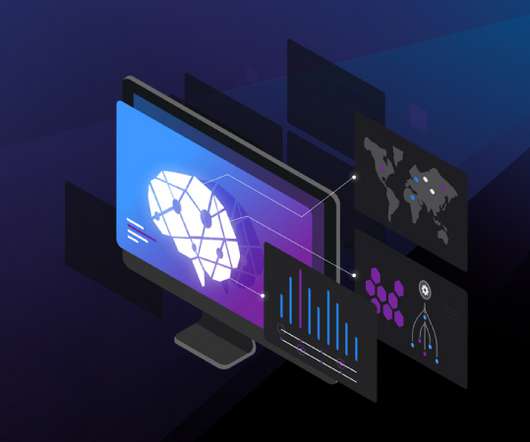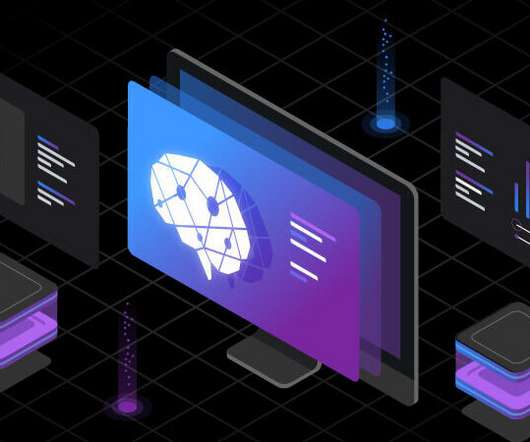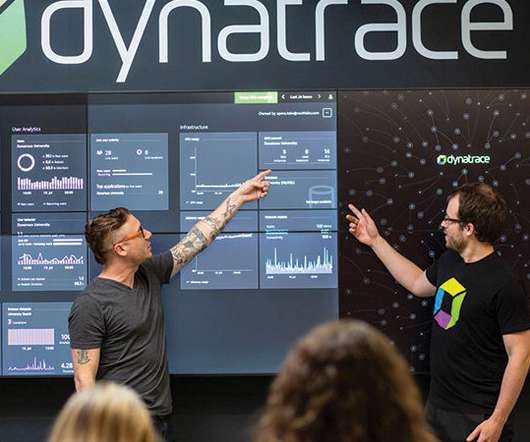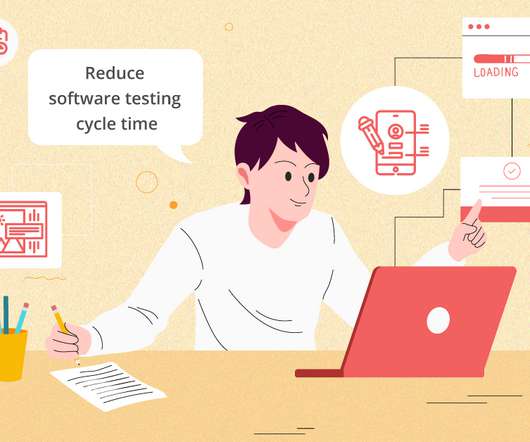Seamless AI-powered observability for multicloud serverless applications
Dynatrace
FEBRUARY 9, 2022
In addition to existing support for AWS Lambda , this support now covers Microsoft Azure Functions and Google Cloud Functions as well as managed Kubernetes environments, messaging queues, and cloud databases across all major cloud providers. 3 End-to-end distributed trace including Azure Functions. New to Dynatrace? trial page


















Let's personalize your content